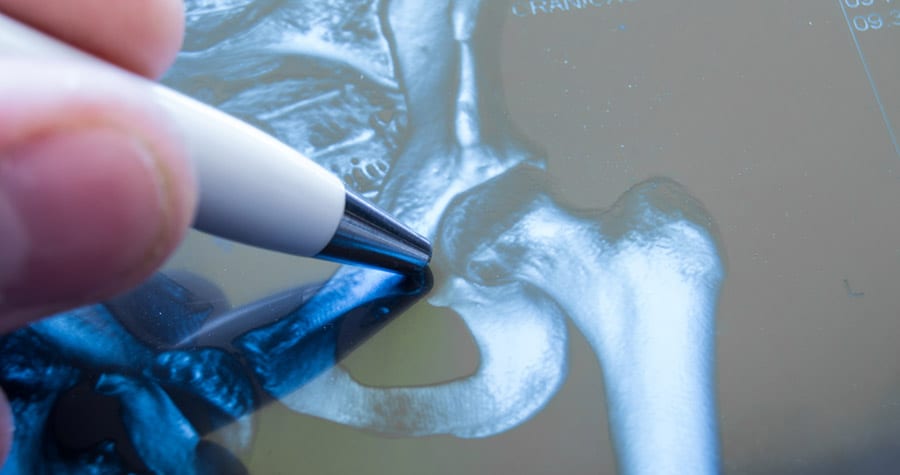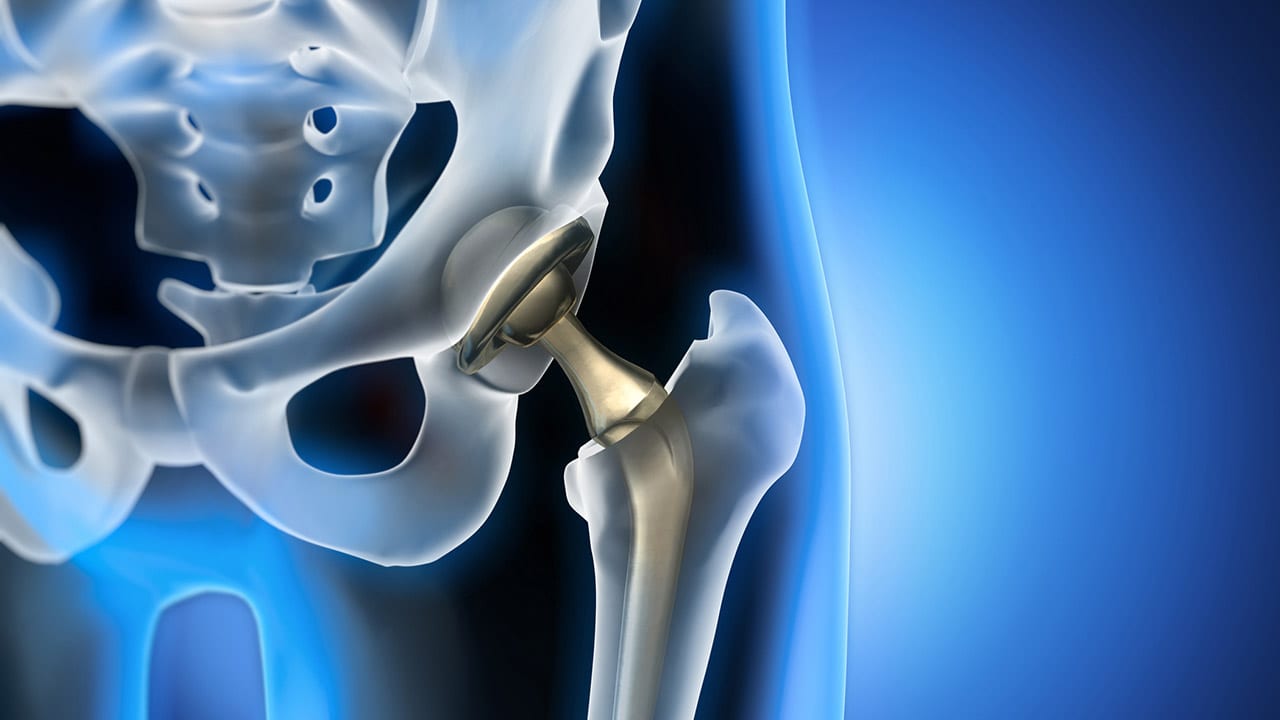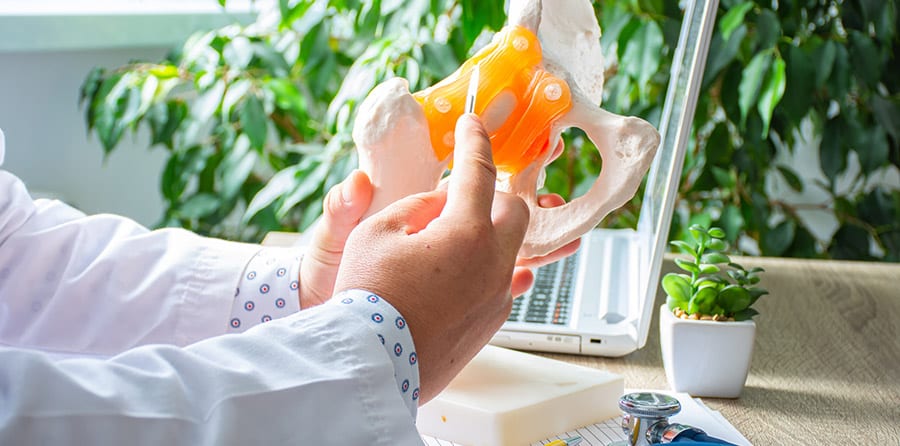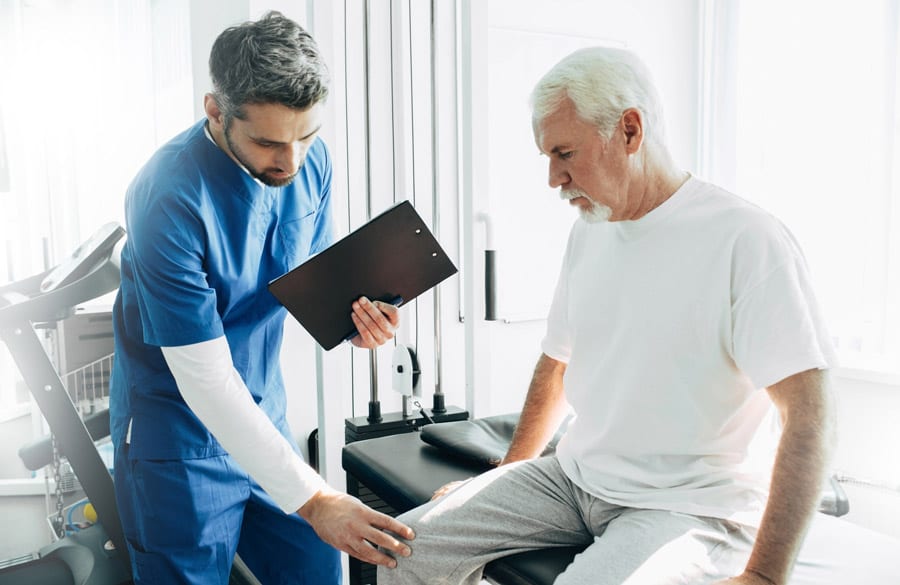
The Partial Hip Replacement Recovery Timeline
A partial hip replacement involves removing and replacing the ball of the hip joint. Recovery for this type of surgery can last up to six months. Here’s what you need to know about the recovery process for a partial hip replacement.
Day 1
When you wake up from surgery, you will have a cushion between your legs to help keep your new hip in the right position. You may also have a catheter inserted to allow you to empty your bladder without getting out of bed. You will also likely be wearing compression stockings to help keep the blood flowing.
Once you are awake, your care team will provide instructions on movements to avoid to help prevent hip dislocation:
- Avoid twisting at the hips
- Keep your shoulders, knees, hips and feet facing forward
- Avoid crossing your legs or feet
- Place a pillow between your knees when lying down
On the day of surgery or the day after, you will:
- Receive therapy from physical and occupational therapists
- Learn how to safely sit down and stand up, get dressed, use the restroom, bathe and climb stairs
- Be able to get out of bed with assistance
- Learn how to walk with an assistive device, such as a walker or crutches
- Begin to eat a normal diet
- Shift from intravenous (IV) to oral pain medications

Day 3
At this point, you will have an easier time walking and may be able to walk and use the restroom without assistance. You may be discharged from the hospital if your recovery is going well, and either go home or to a rehabilitation facility.
Days 4-9
Be sure to follow your doctor’s instructions for taking care of the incision. Avoid soaking the wound in water and do sponge baths, instead, to help prevent infection.
Tell your doctor if you notice any signs of infection, such as fever, increased redness, or drainage from the incision site.
Continue doing the suggested physical therapy exercises and try to move around as much as possible to help maintain steady blood flow in your legs and prevent blood clots.
Days 10-14
You will need to visit your doctor to have the staples from the incision removed. Once the staples are removed, you can start taking baths and showers.

Weeks 3-6
At this point, you should be able to walk without an assistive device and drive.
Weeks 10-12
You should gradually return to all normal activities.
Things To Keep In Mind
Avoid driving until your doctor gives you clearance and until you’ve stopped taking opioid pain medicine.
Gradually try to increase the distance you walk each day to help regain your strength. If you feel soreness, apply a cold pack to your hip.
Talk to your doctor to find out which type of exercise is best to help you build muscle strength. You may be able to resume certain activities, such as golfing, biking, swimming or dancing soon after surgery, but may need to refrain from running, playing tennis and engaging in activities that place significant stress on the joint.





